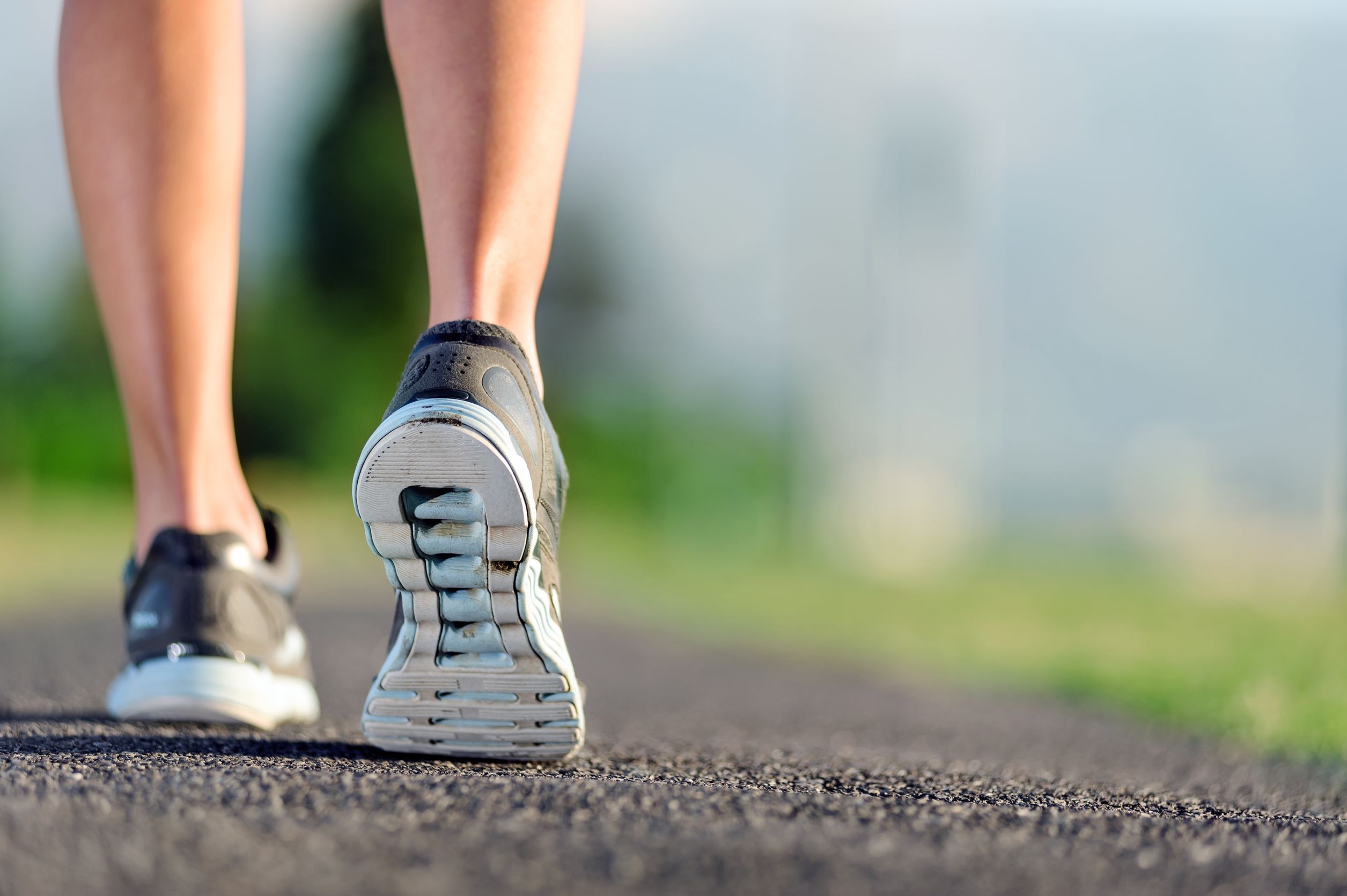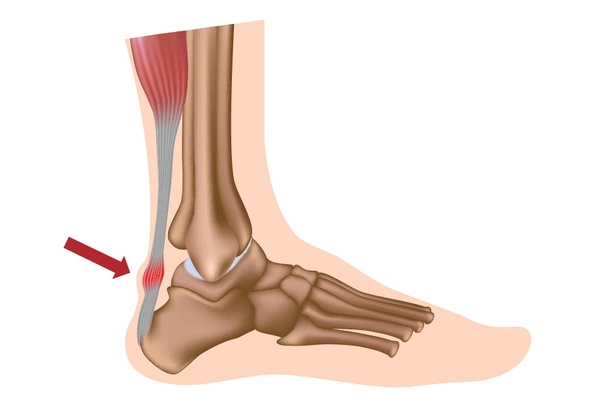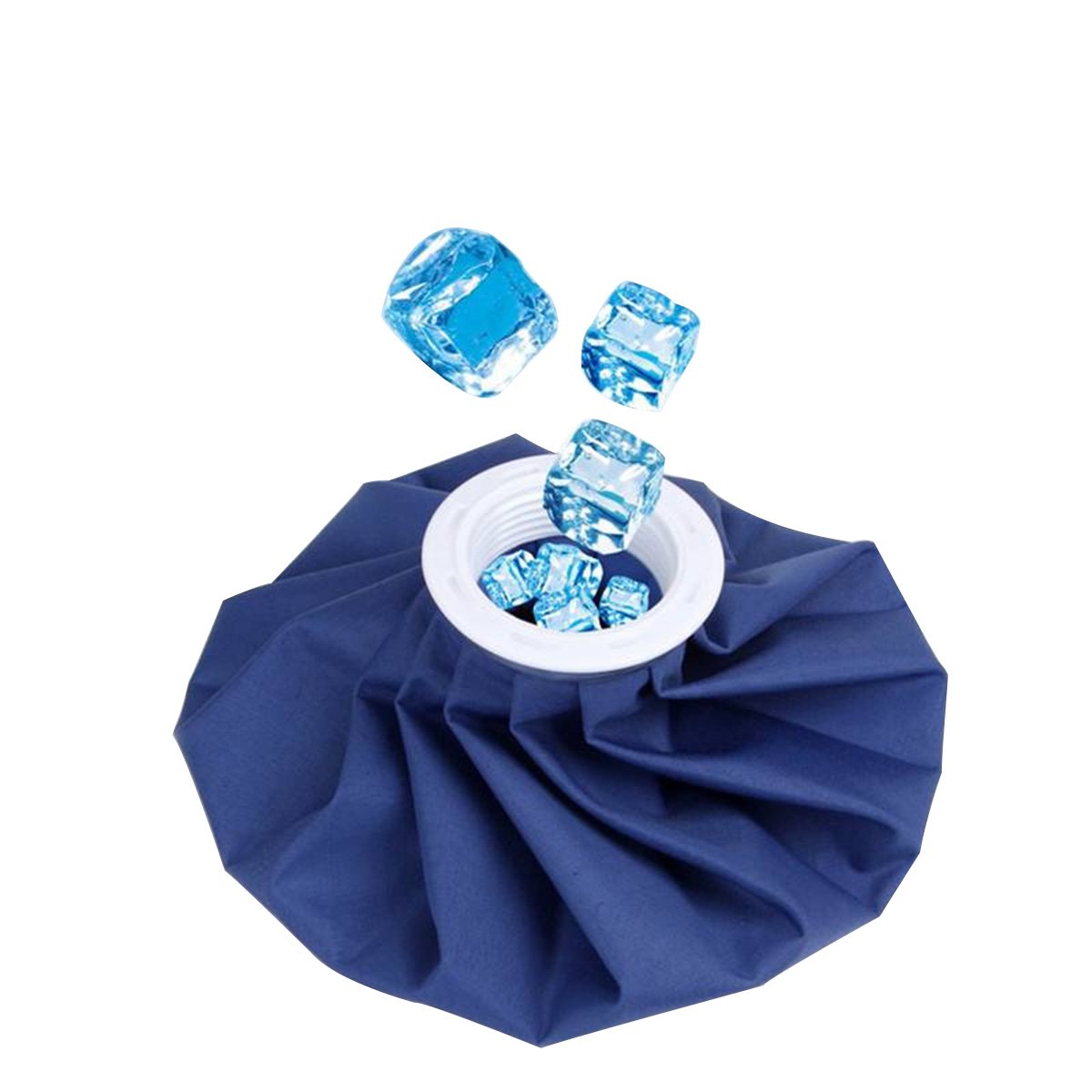
Ankle pain can start for a variety of reasons, including injury, trauma, overuse, or inflammatory disease. The level of pain can range from mild to severe. A mild ankle sprain is often resolved within 24 hours, while a more significant medical condition can eventually lead to surgery.
Ankle pain from strains occurs after physical activity like playing a sport. With a sudden twisting motion, which can even happen from just walking, both the inner and outer portions of the ankle joint can overstretch the ligaments. There is frequently a popping sensation and then immediate swelling and subsequent discomfort. It’s more common to suffer from this type of injury when there is pre-existing muscle weakness.
Achilles tendonitis is an inflammation in the Achilles tendon, the peroneal tendon, or the posterior tibial tendon. It’s usually a result of trauma, but it can also be caused by overuse or an injury from physical activity like playing a sport.

Common symptoms of ankle pain and Achilles tendonitis include stiffness, swelling, discoloration, warmth, tenderness, throbbing, redness, or looseness in the joints. Before starting a treatment plan for ankle pain and Achilles tendonitis, you should seek a medical professional’s opinion. A thorough examination will allow you to understand fully what’s happening so you can choose the appropriate course of treatment.
If you’re dealing with pain in your ankle or possible Achilles tendonitis, there are safe things that you can do at home to help in improving your condition. It’s always recommended to seek your doctor’s advice before implementing any of these to prevent further injury.
1. Prevention
If you know that you’re at risk for developing ankle pain or Achilles tendonitis and you plan to take part in strenuous physical activity, you can take the proper precautionary steps to lower or eliminate your risk. Make sure that you’re always following the best practices and adequate instruction for whatever sport you’re playing in. Get advice from a physical trainer about form, intensity levels, and movement to avoid overusing or injuring your ankle.
It would be best if you always stretched before any exercise or workout regimen begins. An ankle brace or tape can be used to stabilize the ankle. After you leave the gym and you’re ready to go to bed for the night, implement a plantar fasciitis night splint. It’s ergonomic design and adjustable straps allow for support and stretching while you’re asleep, which can prevent injury and discomfort. That way, when you start your morning, your ankle has been protected and even gone through its own workout before you even get up.
2. Stretching & Exercise
Physical therapy, stretching, and light exercise will help to work the ankle and Achilles until it becomes stronger and less likely to suffer injury. You can visit a therapist to get a plan in place. You can also try using a foot rocker in between sessions. You can put it under your desk or in front of you while you’re on the couch for simple therapy that leads to increased flexibility and minimized pain and discomfort for your ankle, heel, leg, and even your back.
3. Cold Packs

Part of the reason that you have pain in your ankle is because of inflammation. A reusable ice pack applied for about 20 minutes several times a day will take down the swelling and subsequently alleviate the pain. If you’re planning on taking part in physical activity, and you know that you’re at risk for ankle pain, get your ice pack ready before going. Even if you feel fine after your workout, you should still apply the pack to keep swelling down.
4. Elevation
Keeping your ankle above the level of your heart is also useful when trying to keep your swelling down. One of the newest trends that seems to be really taking off for the treatment of ankle pain, along with a plethora of other medical and health conditions, is an inversion table. You can move your ankle to the proper level, or whatever is most comfortable for you and lock yourself in place. The table does the rest of the work. These take a little getting used to, so make sure that you fully understand how to use the equipment and have someone nearby to assist you.
5. Rest
If you’re someone that enjoys getting out and taking part in a variety of exercises and physical activity, this probably won’t be easy. However, rest is always going to work in your favor when it comes to relieving pain in your ankle, Achilles, or anywhere on your body.

When your pain level is mild, you may only need to relax for a day or two. When it’s a more severe injury or something that you’ve been fighting for a while, you might have to sit out for several days or even weeks to allow your body to heal. The amount of time that’s required is something you can discuss with your doctor.
While you’re resting, tuck this chiropractic pillow with massager and heat and magnetic therapy around the affected area. It will help with easing pain and reducing stress to various parts of the body. The magnetic and heat therapy with massage gives you an additional level of a physical therapy experience at home.
In most cases, ankle pain and Achilles tendonitis are only temporary setbacks. Prevention is always the best way to avoid pain, swelling, discomfort, and injury, but if it’s too late for prevention, there are other options. Just make sure that you listen to your doctor and your body. If you push yourself too far too soon, you could end up setting yourself back even further on your treatment plan, or you could take yourself out of the game permanently.
Never ignore pain symptoms. Seek medical advice as soon as you realize there’s something wrong, and then implement these ideas into your daily routine for a speedy recovery.


